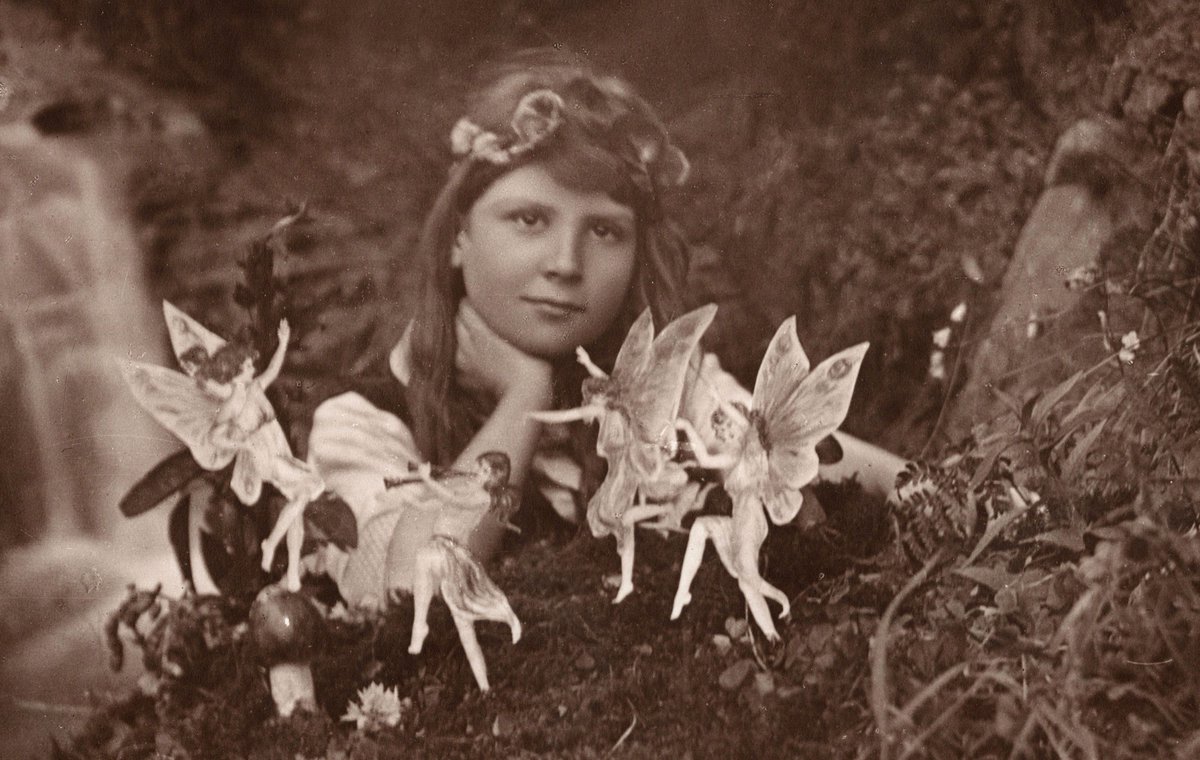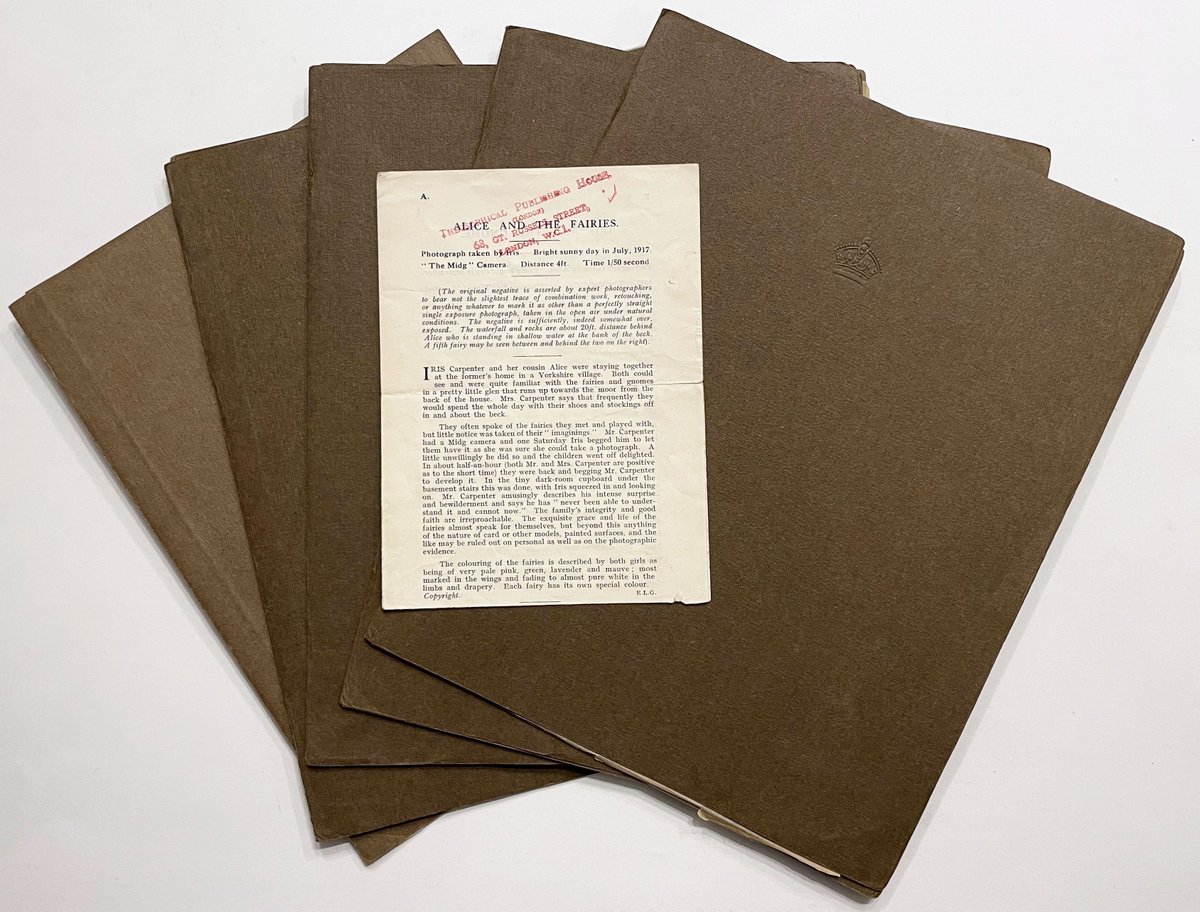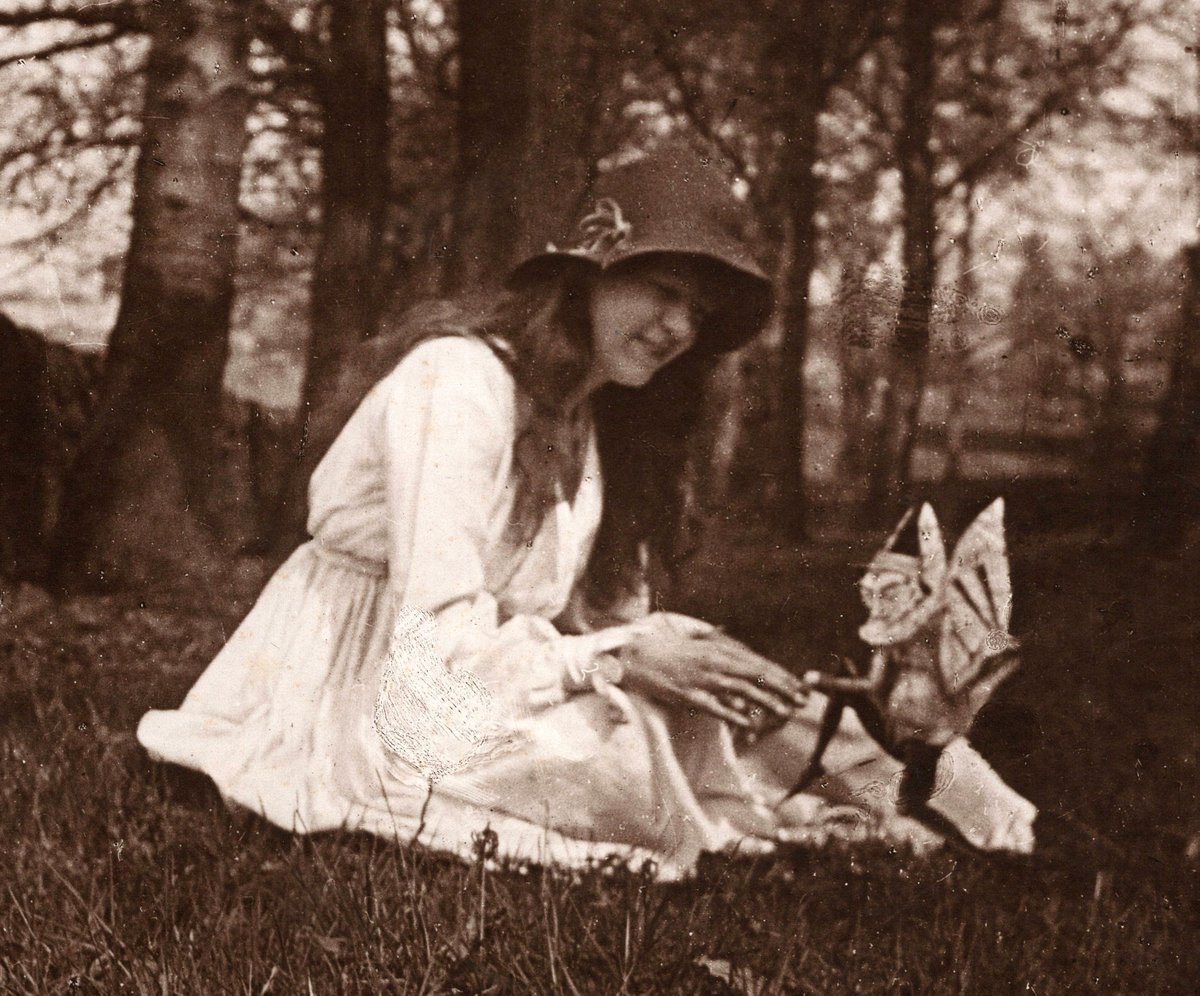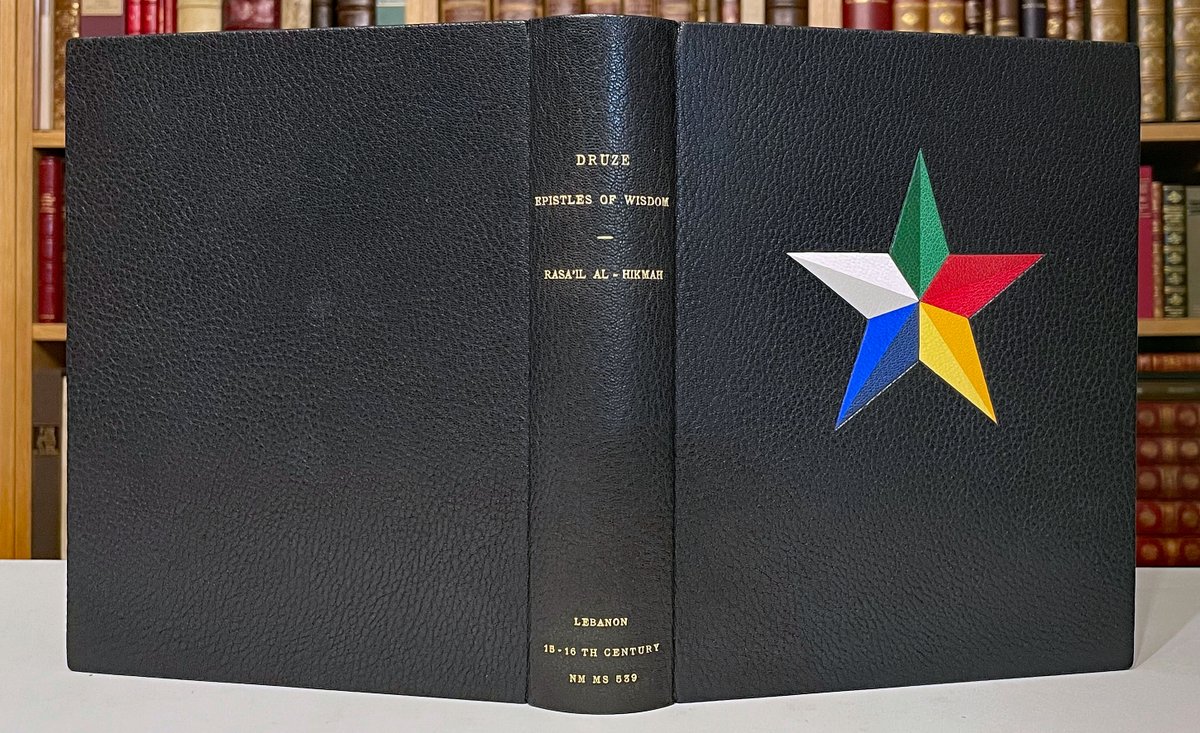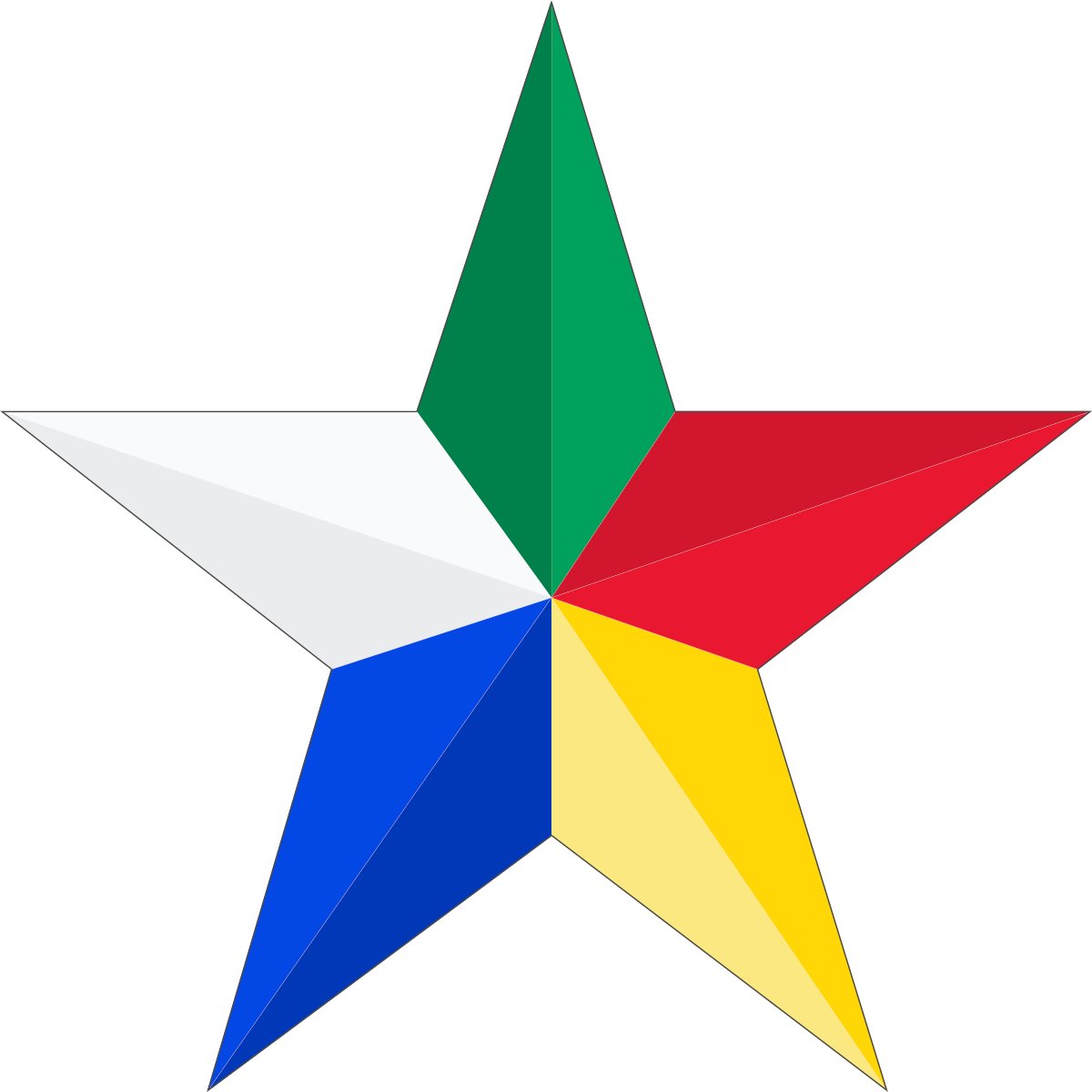
just received out of the blue a small apparently airtight aluminum foil coated package from Wuhan I am sure it will be fine 

sender's name is "SZ86" which sounds reassuring
have never ordered seeds (?) from china
i'm bleeding from the ears now that's weird
• • •
Missing some Tweet in this thread? You can try to
force a refresh







